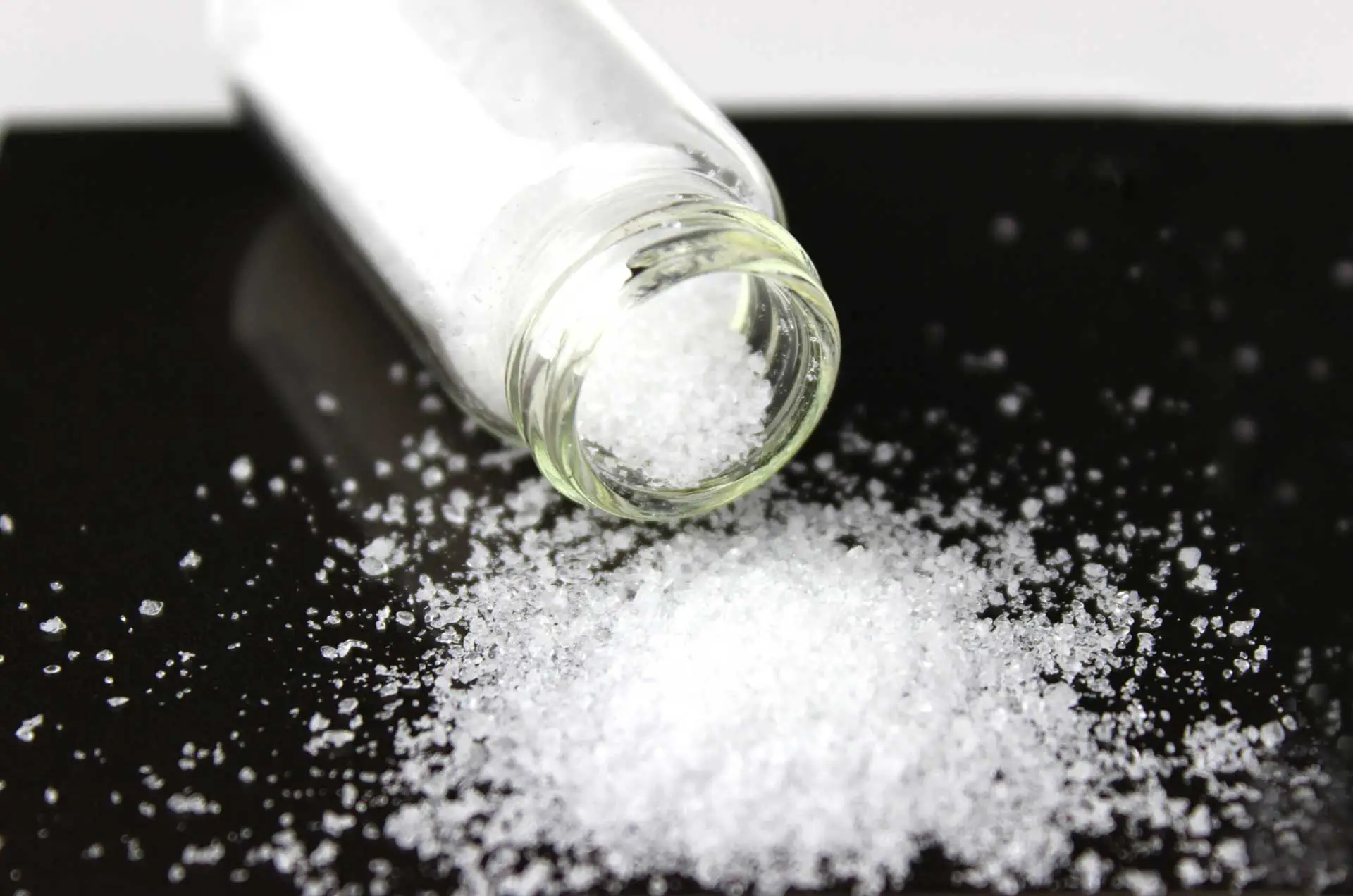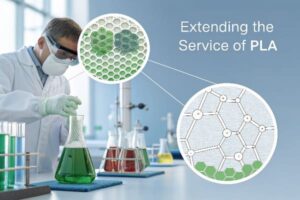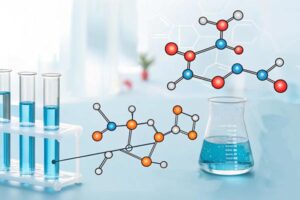Introduction
Polyester monofilaments are widely used in various industries, including textiles, industrial applications, fishing lines, 3D printing, and medical sutures. These materials are highly valued for their flexibility, strength, and durability. However, polyester is susceptible to several types of degradation during processing and production, including hydrolysis and UV-induced damage. These degradation mechanisms can negatively affect mechanical properties, durability, and overall performance. To counter these challenges, manufacturers incorporate different stabilizers into the formulation of polyester. This article examines the most common stabilizers used in polyester monofilament production, their mechanisms, and their impact on performance.
1. Anti-Hydrolysis Agents
Role in Polyester Monofilament Production
Hydrolysis is a significant problem for polyester materials, particularly those with ester bonds. This occurs more frequently in humid and high-temperature environments. Water molecules attack ester linkages in polymer chains, causing hydrolysis. As a result, the material loses its mechanical strength, becomes brittle, and may ultimately fail. For applications where polyester monofilaments are exposed to moisture—such as outdoor textiles, marine ropes, and industrial filtration materials—anti-hydrolysis agents are essential.
see more about what is hydrolysis?
Common Anti-Hydrolysis Agents
- Carbodiimides: These compounds are highly effective at scavenging carboxyl groups, which are the primary sites for hydrolysis. By reacting with these groups, carbodiimides prevent the breakdown and degradation of polyester chains. They are among the most commonly used anti-hydrolysis compounds in polyester monofilament production.
- Oxazoline-based compounds: These function similarly to carbodiimides, offering hydrolysis resistance, but are less common due to cost considerations.
- Epoxy-functionalized stabilizers: These compounds react with acid end groups, thereby reducing the rate of hydrolysis. They are often used in combination with other stabilizers to enhance overall material stability.
2. Thermal Stabilizers
Role in Polyester Monofilament Production
The high temperatures applied to polyester during the extrusion process and subsequent processing can lead to thermal degradation. This degradation can result in discoloration, reduced molecular weight, and loss of mechanical properties. These effects ultimately impact the quality and performance of the final product. Thermal stabilizers help prevent these issues and ensure consistent product performance.
Common Thermal Stabilizers
- Phosphite-based stabilizers: These compounds provide excellent heat resistance by neutralizing peroxides formed during high-temperature processing. They help maintain polymer integrity and prevent molecular weight loss.
- Phenolic antioxidants: These stabilizers work by scavenging free radicals generated during high-temperature processing, thereby preventing oxidation-induced degradation.
- Hindered amine light stabilizers (HALS): While primarily used for UV resistance, HALS can also contribute to thermal stability by inhibiting free radical formation at elevated temperatures.
3. UV Stabilizers
Role in Polyester Monofilament Production
UV radiation can break down polyester chains, leading to discoloration, brittleness, and reduced strength. This is particularly problematic for applications such as outdoor fabrics, fishing lines, and automotive components. UV stabilizers are added to polyester monofilaments to absorb or block harmful radiation and prolong the material’s lifespan.
Common UV Stabilizers
- Hindered amine light stabilizers (HALS): These compounds protect against UV-induced degradation by scavenging radicals and preventing polymer chain breakdown. They are particularly effective in long-term outdoor applications.
- Benzotriazole-based stabilizers: These act as UV absorbers, preventing radiation from reaching the polymer chains and causing degradation.
- Benzophenone derivatives: Similar to benzotriazoles, these stabilizers absorb UV radiation and dissipate it as harmless heat, protecting the polymer structure.
4. Antioxidants
Role in Polyester Monofilament Production
Oxidation is another major degradation pathway for polyester materials. Oxidation occurs due to exposure to oxygen, heat, and light, leading to yellowing, embrittlement, and loss of mechanical properties. Antioxidants play a critical role in preventing oxidative degradation during processing, storage, and end-use applications.
Common Antioxidants
- Primary antioxidants (hindered phenols): These work by neutralizing free radicals formed during oxidation, thereby preventing polymer degradation.
- Secondary antioxidants (phosphites, thioethers): These stabilizers work in conjunction with primary antioxidants to provide long-term protection against oxidative damage.
5. Synergistic Stabilizer Systems
Combining Different Stabilizers for Maximum Protection
In many cases, a combination of different stabilizers is used to achieve optimal performance. For example, combining anti-hydrolysis agents with thermal stabilizers ensures both moisture and heat resistance, making the polyester monofilaments suitable for demanding applications. Similarly, using a combination of UV stabilizers and antioxidants can significantly extend the lifespan of polyester materials exposed to outdoor conditions.
Considerations for Selecting Stabilizers
When selecting stabilizers for polyester monofilament production, manufacturers must consider:
- Processing conditions: High-temperature processing requires effective thermal stabilizers.
- End-use environment: Outdoor applications demand robust UV and anti-hydrolysis protection.
- Cost-effectiveness: Balancing performance and cost is crucial for commercial viability.
Conclusion
Selecting the right stabilizers for polyester monofilament production is essential to ensure product durability, stability, and high performance. Anti-hydrolysis agents like carbodiimides play a crucial role in maintaining polymer integrity, while thermal stabilizers, UV stabilizers, and antioxidants help protect against environmental and processing-related degradation. Manufacturers must carefully evaluate their stabilizer choices to optimize performance for specific applications.
By understanding and implementing the appropriate stabilizers, polyester monofilament producers can enhance product quality, reduce material failures, and extend the lifespan of their products in various demanding environments.







